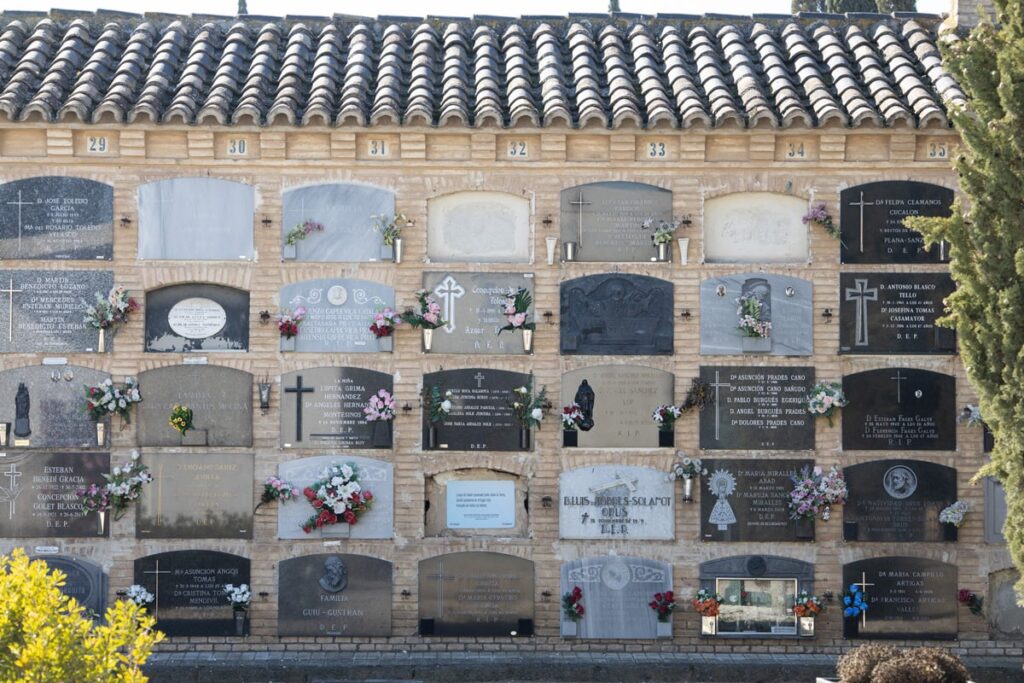Every year, on November 1, millions of people around the world gather to celebrate the All Saints’ Day, a feast that honors the saints and all those who have departed from this world. Although this date is widely recognized in most Western cultures, have you ever wondered why precisely November 1 is dedicated to this celebration? To understand its origin and meaning, we must delve into the history and traditions that have shaped this holiday.
ORIGINS IN EARLY CHRISTIANITY
All Saints’ Day finds its roots in early Christianity. Although its specific date varied over time and in different regions, the holiday was originally intended to honor Christian martyrs. Martyrs, those who had sacrificed their lives in the name of their faith, were considered saints and revered as examples of virtue and bravery. At their early days, there was no fixed date to commemorate these saints, and their individual feasts were celebrated at different times of the year.
THE INFLUENCE OF THE CATHOLIC CHURCH
In the 7th century, the Roman Catholic Church began instituting a day to honor all known and unknown saints, and chose November 1 as the official date. The choice of this specific date was no coincidence, as it coincided with the ancient Celtic festival of Samhain. This festival, celebrated around October 31, marked the end of the harvest season and the beginning of winter in the British Isles.
THE SYNERGY OF TWO CULTURES
The election of November 1 as the All Saints’ Day was an effective strategy of the Church to Christianize pagan festivals and facilitate the conversion of Celtic peoples. The Church incorporated elements of Samhain into the Christian celebration, such as candle lighting and veneration of the dead. This allowed the transition from paganism to Christianity to be more seamless and acceptable to the local populations.
ALL SAINTS’ DAY TODAY.
Today, All Saints’ Day is celebrated in many parts of the world, with traditions varying by region. In some places, people visit the cemetery to pay tribute to deceased loved ones, while in others, candles are lit and prayers are said in honor of the saints. In Mexico, for example, All Saints’ Day is part of the Day of the Dead celebration, a holiday that combines indigenous and Catholic elements.
In short, All Saints’ Day is celebrated on November 1. due to a combination of cultural and religious influences throughout history. This date has evolved to become a holiday that. honors both Christian saints and all loved ones who have passed away. As traditions and customs continue to evolve, All Saints’ Day remains an opportunity to remember those who have gone before us and celebrate life and spirituality.
source
